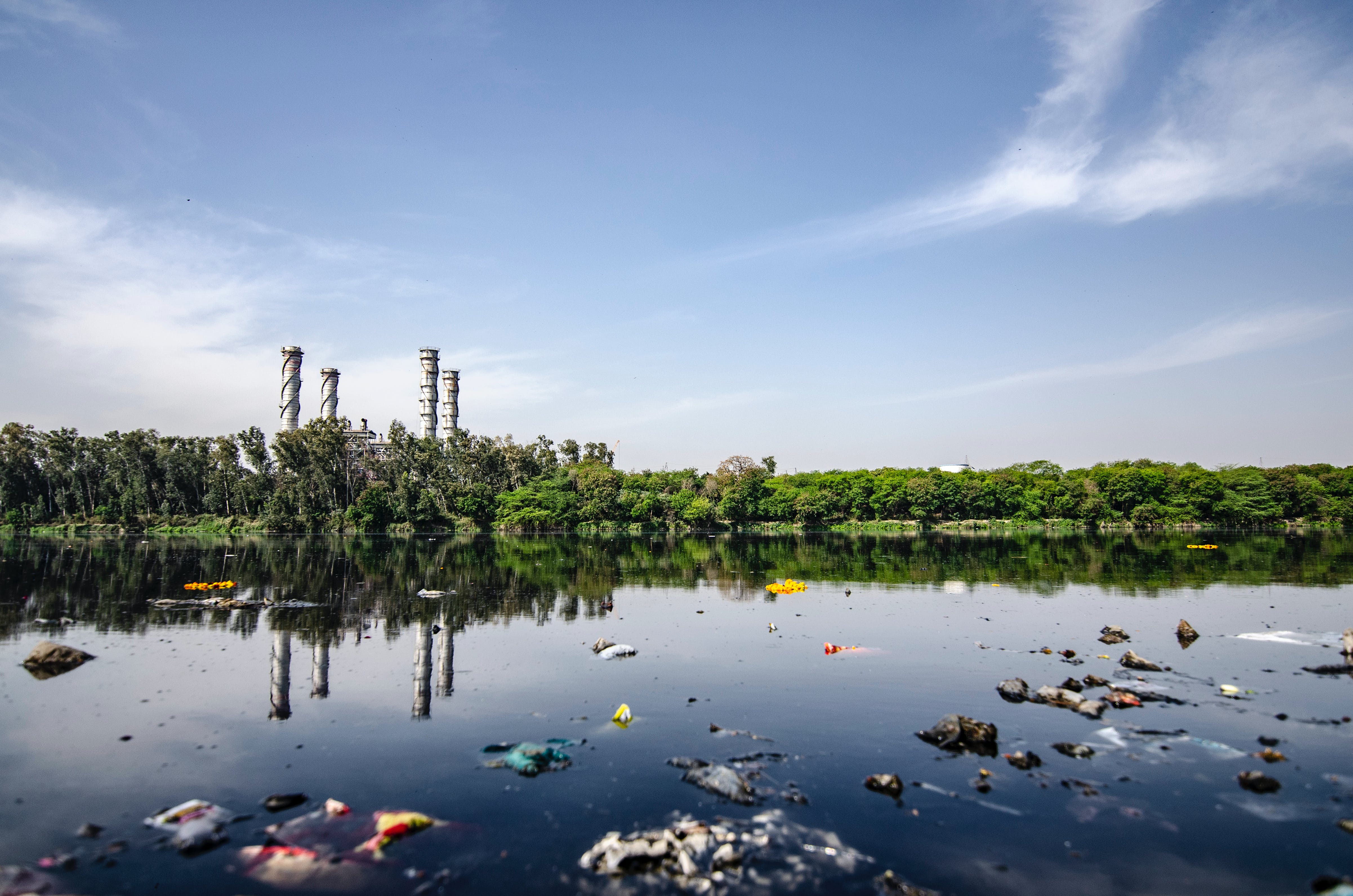A Sick Sea of Pollution
Race to the Water
Along the edge of the coastline, buried inside the fine grainy particles of sand, are dozens of silky smooth spheres huddled together in a safe cozy burrow. These small hollow spheres contain creatures of the sea. Despite being trapped inside the golf balls that lack dimples, these organisms still breathe air. They just take in oxygen through the membranes of their round cages. As time goes by, these organisms wait to expand enough to escape their white cages. Until then, they continue their serene slumber inside the sand near the shore. Tick, tick, tick. Proper development takes time.
After about 60 days, a turning of events occurred. The organisms crack their cages wide open. As they leave the burrows, these babies move their flippers fast to transport themselves into the sea. Propel themselves they must, unless they want to become a predator’s meal. The shells of these infants aren’t hard enough to be a hassle for the hungry hunters. Since these young are still soft-bodied, they must race their brothers and sisters, along with all the other sea turtles, to the ocean. The turtles that tire easily are eaten. The slower ones are left behind to be snatched by seagulls. Nature, neither just nor cruel, is indifferent.
Dive into the Clean Ocean
After hatching, thousands of these shelled reptiles race to the sea. For every ten turtles, only one makes it to adulthood. Many sluggish hatchlings die of dehydration. Some are captured by birds, crabs, and other predators. Nevertheless, the rest must continue on. There’s no time for mourning.
Of the thousands of turtles on the beach, something bizarre happens to only a few. These few are picked up from the ground by the appendages of ape-like life forms. The sea turtles feel the digits of these individuals on the sides of their shells. These cold-blooded babies warm up in the warm-blooded palms of their apparent kidnappers. Fortunately, the bipedal life forms have no intention to use the reptiles for nourishment. Instead of eating the turtles, these unknown individuals put small metal devices on their shells. The bipedal individuals then let the turtles go into the water. The tracked turtles are each given a name. One of these turtles is “Leonardo.”
Like many of his competitors, including his siblings, Leonardo reaches the sea safely. In the deep blue ocean, Leonardo searches for his first meal. Yards away from his nose, Leonardo spots a small fish swimming peacefully. After locking eyes on the fish, he accelerates to the unsuspecting prey, but another baby turtle reaches the fish before he does. Unlike their domesticated brethren, turtles in the wild face fierce competition for food. He swims and swims for hours on the hunt. At dusk, the turtle sees a slug on the seabed, he swims down and grabs it with his mouth. He fills his belly for the first time in his life.
Depart from the Dirt
Two decades after first diving into the ocean, Leonardo becomes an adult. Well under a thousand of his peers that raced him to the waves remain. The vast majority of them now float above the fluffy clouds in heaven. Because Leonardo is now fully grown, his shell is as tough as it will ever be. Spanning over 3 feet and weighing over 300 pounds, Leonardo must worry about only larger predators like great white sharks. He can hold his own against most adversaries of the sea.
While cruising the cool sea one calm day, Leonardo observes a strange occurrence. He sees a dense population of dead animals. Why have so many animals passed away suddenly in close quarters? Confused, he decides to take a closer look at the scene. His eyes lay upon countless waste – food, toys, plastic bags, maggots, cardboard, etc. The sea turtle knows not what to make of this. The reptile helps himself and attempts to eat a water bottle. He continually chews the plastic, until his mouth begins to hurt. Once he could no longer bare the pain, he spits out the synthetic pieces and leaves the mess for good.
Why Recycling is Ineffective
Compared to the average reptile, Leonardo has demonstrated incredible intelligence by swimming far away from the filth. Some animals end up trapped in the trash. Others choke on the materials. But where do all these items come from? Does nature pollute itself? No, nature is designed to be harmonious with itself. We humans are the ones that are dumping trash into the beautiful ecosystems of the Earth. The more inefficiently we discard waste, the uglier landscapes become. If we don’t figure out how to be more resourceful soon, more and more natural wonders will diminish in quality. Who wants to live on a hideous globe where animals needlessly die? I sure don’t, nor should you. Yuck!
As humans, we can all make copious contributions to cleaning the plant. One action you can take to help the environment is to reduce the amount of water bottles you use. Perhaps you believe that you can simply recycle said bottles. However, according to Oceana, less than 30% of plastic bottles are recycled properly. Most plastic bottles are “downcycled.” This means that they are converted into a lower quality material that is unable to be recycled again. Over 30 metric tons of plastic packaging end up in landfills. Many items from landfills end up in the oceans. Even though Leonardo was spared a haunting fate, many other animals aren’t so lucky.
Re-use Your Water Bottles
Starting this week, you can replace your disposable water bottles with reusable water bottles. If you attend a college or work in an office, then you most likely pass by a device that dispenses water, be it a filtration system or fountain. If you own your home, then you can install a water filter in your kitchen sink. Not everyone can cease using water bottles entirely, but if you care about you and your potential descendants living in a wholesome world, a world that is not cluttered with filth, then you will do what you can to make the world a better place to inhabit.

